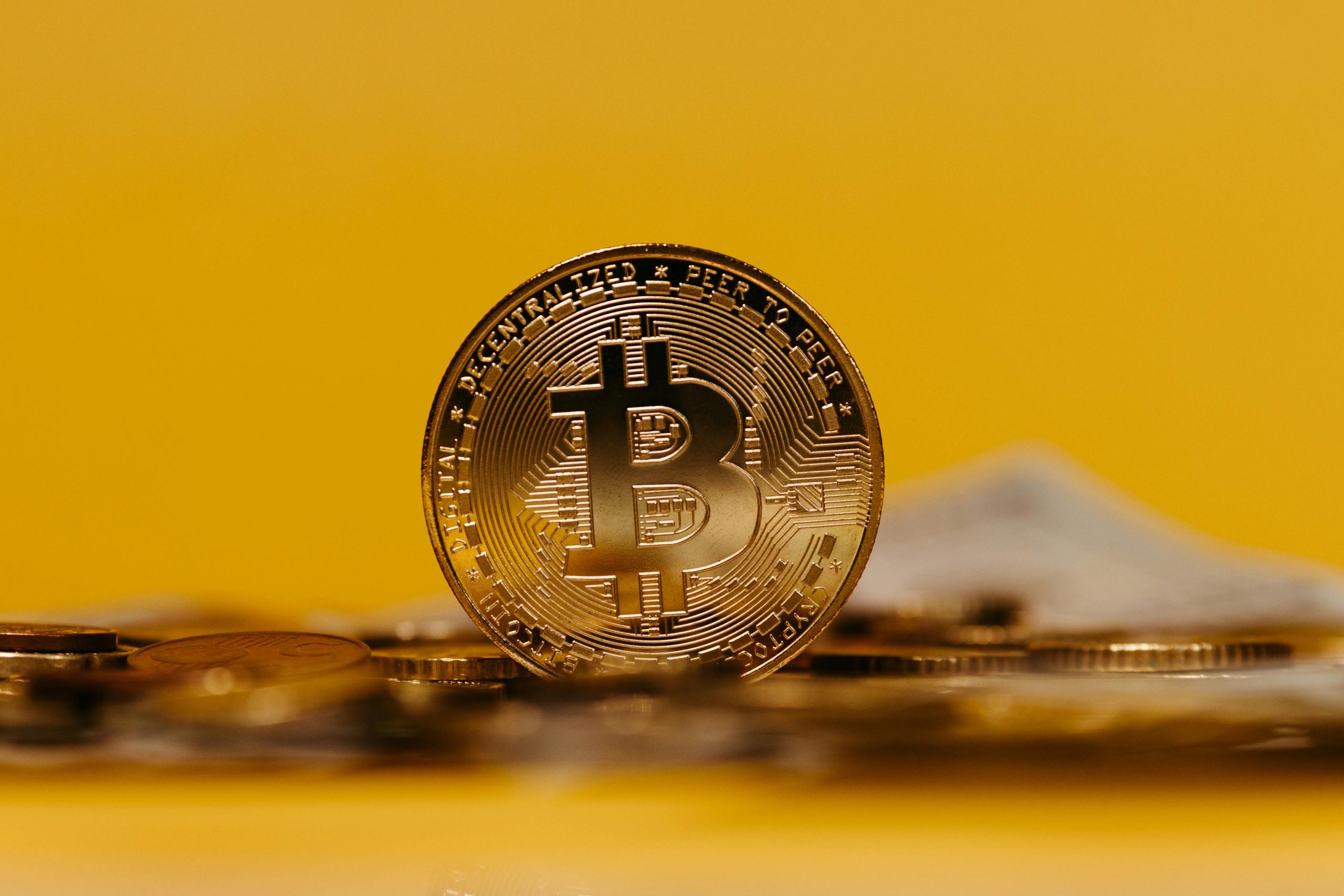Tokenizing Trade: How Tether’s Agri-Acquisition Signals a New Era for Commodity Payments

In a bold move that bridges the gap between traditional commodities and decentralized finance, Tether recently announced its acquisition of a majority stake in Adecoagro, a major South American agricultural conglomerate. Valued at approximately $600 million, this investment marks a pivotal turning point in the real-world application of blockchain technology and stablecoins like USDT.
But what does this mean for global trade, and why should crypto-native businesses and payment providers like AURPAY take notice?
Stablecoins Meet Real-World Assets (RWAs)
Stablecoins have traditionally served as digital proxies for fiat currencies, offering liquidity and stability within crypto-native environments such as trading platforms, DeFi protocols, and remittance corridors. Yet the next frontier for these assets is unfolding far beyond the confines of digital finance. Tether’s recent strategic acquisition of a majority stake in Adecoagro S.A.—a major agribusiness and renewable energy firm operating across Latin America—signals a bold pivot: the integration of USDT into the infrastructure of global commodity production and supply chain finance.
This move marks a significant evolution in the role of stablecoins. Rather than simply representing fiat on-chain, USDT is being positioned as a transactional medium for real-world assets (RWAs), particularly in agriculture. Tether’s ambition is not just to tokenize commodities like sugar, grains, and dairy, but to embed stablecoins into the operational workflows of producers, exporters, logistics providers, and buyers. The goal is to facilitate real-time, cross-border payments that bypass traditional banking delays, FX conversion costs, and opaque trade finance mechanisms.
The implications are profound. By anchoring USDT to tangible assets such as farmland leases and commodity yields, Tether is creating a new class of stablecoins—ones backed not just by cash reserves or treasuries, but by productive infrastructure. This model could enable fractional ownership of agricultural output, automated settlement of trade contracts, and decentralized financing for supply chain participants. It also opens the door to programmable payments tied to delivery milestones or quality verification, enhancing transparency and reducing counterparty risk.
Tether’s partnership with Adecoagro includes plans to tokenize energy credits and deploy surplus renewable energy for Bitcoin mining, further intertwining blockchain with physical infrastructure. The July 2025 Memorandum of Understanding outlines a blueprint for transforming farmland into hybrid energy farms and crypto mining hubs, managed by Tether’s proprietary Mining OS platform.
This convergence of stablecoins and RWAs reflects a broader trend in crypto: the migration of blockchain from speculative finance into operational commerce. As noted in CoinGecko’s 2025 RWA report, the tokenized asset market has surpassed $230 billion, with stablecoins accounting for over 90% of that value. Tether’s farmland strategy exemplifies how stablecoins can evolve into instruments of real-world utility, bridging the gap between digital liquidity and tangible economic output.
Why This Matters for Commodity Markets
The integration of blockchain and stablecoins into commodity markets is poised to revolutionize how value is exchanged across global supply chains. Historically, commodity transactions—whether in agriculture, energy, or raw materials—have been burdened by inefficiencies that stem from legacy financial infrastructure. Settlement delays, foreign exchange conversion costs, and reliance on multiple intermediaries have created friction that slows down trade and erodes margins for producers, exporters, and buyers alike.

Stablecoins offer a compelling alternative by enabling instant, borderless settlement. Unlike traditional wire transfers that can take days to clear and require correspondent banking relationships, stablecoin transactions settle in real time, often within seconds. This speed is particularly valuable in commodity markets, where timing can affect pricing, delivery schedules, and liquidity. According to Ripple’s 2025 report on stablecoin payments, these digital assets are already facilitating faster and more cost-effective cross-border transactions, with over $7 trillion processed in 2022 alone—surpassing Mastercard and PayPal in volume.
Beyond speed, stablecoins dramatically reduce transaction costs. By minimizing the role of intermediaries—such as clearinghouses, FX brokers, and correspondent banks—stablecoin payments slash fees and eliminate layers of complexity. This is especially impactful for smallholders and producers in developing economies, who often face prohibitive costs when accessing global markets. Blockchain-based payment rails democratize access, allowing even micro-entrepreneurs to participate in international trade using mobile wallets and stablecoin-compatible platforms.
Transparency is another transformative feature. Commodity transactions conducted via blockchain are recorded on immutable ledgers, enabling real-time tracking of payment flows and delivery milestones. This level of auditability enhances trust among counterparties and simplifies compliance for regulators. As Davis Commodities Limited recently demonstrated in its pilot for ESG-certified agricultural settlements, blockchain can also embed sustainability credentials directly into the payment flow, aligning financial transactions with environmental and social governance goals.
The convergence of stablecoins and commodity markets signals a broader shift toward programmable finance. Payments can now be tied to smart contracts that execute based on delivery confirmation, quality verification, or other predefined conditions. This not only reduces counterparty risk but also opens the door to new financial instruments—such as tokenized invoices, escrow-based settlements, and dynamic pricing models.
In short, stablecoins are not just improving how commodities are paid for—they are redefining the infrastructure of global trade. As regulatory clarity improves and adoption accelerates, the frictionless, transparent, and inclusive nature of blockchain-based payments will become a cornerstone of commodity finance in the digital age.
A Signal for Web3 Payment Infrastructure
The growing convergence between stablecoins and real-world assets (RWAs) is sending a clear signal to the Web3 payment infrastructure sector: the future of global commerce is programmable, transparent, and blockchain-native. For crypto payment providers like AURPAY, this shift is not merely a headline—it’s a strategic inflection point. As industries such as agriculture, logistics, and manufacturing begin to tokenize their supply chains and settle transactions in stablecoins like USDT, the demand for robust, compliant, and enterprise-grade payment gateways is accelerating.

AURPAY’s architecture is already positioned to meet this demand. Its infrastructure supports stablecoin settlement across multiple chains, with integrated fiat on- and off-ramps that allow businesses to move seamlessly between traditional and digital finance. This capability is particularly valuable for exporters, who can now receive USDT payments instantly, bypassing the delays and costs associated with correspondent banking and FX conversion. In commodity markets, where timing and liquidity are critical, this real-time settlement model offers a competitive edge.
Beyond payments, AURPAY enables logistics providers to automate invoicing and contract execution through smart contracts. This reduces administrative overhead and enhances transparency, as every transaction and delivery milestone can be recorded immutably on-chain. Buyers, in turn, benefit from traceability features that allow them to verify the origin of commodities and audit payment histories in real time—an essential capability in ESG-conscious markets and regulated industries.
The broader implication is that Web3 payment infrastructure is evolving from a niche service into a foundational layer of global trade. As highlighted in AURPAY’s recent analysis of the $240 trillion B2B payments market, stablecoins are becoming the invisible plumbing of commerce, quietly replacing legacy systems with faster, cheaper, and programmable alternatives. This transformation is already underway, with major corporations like Siemens, EY, and SpaceX adopting stablecoin rails for cross-border settlements and treasury operations.
For payment providers, the message is clear: the next wave of adoption will be driven not by speculation, but by operational necessity. Those who can deliver scalable, compliant, and user-friendly infrastructure will define the future of digital finance. AURPAY’s model—focused on invisible integration, enterprise readiness, and real-world utility—offers a blueprint for how Web3 payments can move from pilot programs to global deployment.
Challenges to Watch
As the tokenization of real-world assets (RWAs) gains momentum, the promise of blockchain-based finance is becoming increasingly tangible. Yet, beneath the surface of innovation lies a complex web of challenges that businesses must navigate to ensure sustainable adoption and operational resilience. These challenges—ranging from regulatory uncertainty to liquidity concentration and infrastructure limitations—are not peripheral concerns; they are central to the viability of tokenized commerce.
Regulatory clarity remains one of the most pressing issues. Tokenizing RWAs—whether commodities, real estate, or supply chain assets—inevitably invites scrutiny from financial regulators across jurisdictions. The classification of tokenized assets often varies, with some treated as securities, others as commodities, and many falling into newly defined categories. This ambiguity can stall adoption, especially for enterprises operating across borders. As noted in the RPC report from the CFA Institute, establishing a robust legal framework is essential for building investor trust and enabling innovation. Without clear guidelines, businesses risk non-compliance, reputational damage, and operational disruption.
Liquidity and volatility present another layer of complexity. While USDT remains the dominant stablecoin, accounting for over 68% of global market share as of Q2 2025, its outsized role introduces concentration risk. A heavy reliance on a single asset—even one as widely adopted as USDT—can expose businesses to systemic vulnerabilities if regulatory actions, technical failures, or market sentiment shift unexpectedly. According to CoinLaw’s 2025 Tether analysis, over $1.35 trillion in USDT was settled on-chain in 2024, underscoring its centrality to crypto liquidity. However, diversification across regulated stablecoins such as USDC, PYUSD, and EUROC is increasingly viewed as a prudent strategy to mitigate volatility and ensure continuity in cross-border operations.
Infrastructure readiness is perhaps the most underestimated challenge. Legacy ERP and supply chain systems were not designed to interact with decentralized networks or tokenized assets. Integrating blockchain-based payment and settlement mechanisms into traditional enterprise software requires significant adaptation—both technically and culturally. As highlighted in Spydra’s interoperability guide, many legacy systems lack modern APIs, cloud compatibility, or the flexibility to support smart contract logic. This creates friction in data synchronization, compliance reporting, and real-time transaction processing. Enterprises must invest in middleware, cloud migration, and modular integration platforms to bridge the gap between legacy infrastructure and tokenized workflows.
Together, these challenges underscore the need for a strategic, multi-layered approach to tokenization. Regulatory foresight, liquidity diversification, and infrastructure modernization are not optional—they are foundational. As the market matures, businesses that proactively address these issues will be best positioned to harness the full potential of tokenized finance and contribute to a more transparent, efficient, and inclusive global economy.
The Road Ahead
Tether’s move could set a precedent for other stablecoin issuers and institutional players looking to digitize traditional industries. As tokenization matures, it won’t just be commodities—real estate, carbon credits, and even payroll may follow.
For AURPAY and forward-thinking businesses, now is the time to build the rails for a tokenized economy. The infrastructure, tools, and partnerships you deploy today will shape your competitive edge in a future where payments are not just digital, but programmable, transparent, and global.
Explore how AURPAY can power stablecoin payments for real-world use cases

